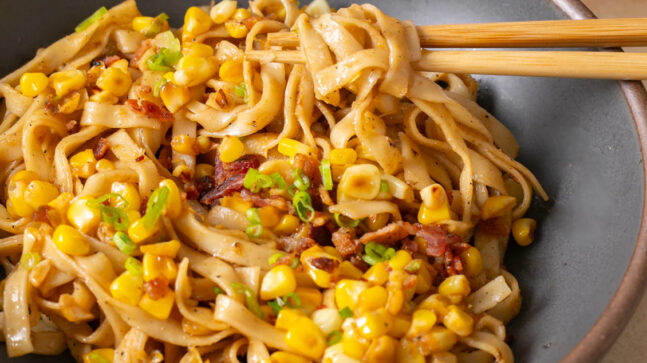Without fail, St. Patrick’s Day brings dozens of Debbie Downers out of the woodwork to tell you all about how corned beef and cabbage isn’t traditionally Irish and it’s inaccurate to have as dinner’s centerpiece. And while our title can certainly be interpreted that way, we’d like to aim this more at the Debbie Downers while also giving our readers something different to try. Because, by all means, eat corned beef and cabbage if that’s what you want to do. Done right, it can be one of the more satisfying holiday meals. Just know you have options. This year, consider whipping up some boiled bacon colcannon

The History of Corned Beef and Why Eating It isn’t as Inaccurate as Everyone Says
As annoying as the beef haters are, they’re right, up to a point. Corned beef and cabbage is not a dish that originated in Ireland. The reason for its prevalence in the US is rooted, as most of these things tend to be, in the massive influx of Irish immigrants 19th century North America experienced. Immigrants, like most people, need to eat food, but they don’t have a ton of money to spend. Naturally, when you don’t have a lot of money, you have to buy cheaper foods and when Irish immigrants were flooding into America, they found corned beef prices to be far less than their traditional pork.
It’s also why there’s some crossover between Irish and Jewish culture here. Both communities have significant corned beef dishes attributed to them, the Irish with the aforementioned and the Jewish with deli sandwiches (it may also be why so many Irish pubs serve great reubens), and it was from Jewish shop owners the Irish bought corned beef.
The cabbage and potatoes came from necessity too, as both are vegetables that are traditionally dirt cheap and highly nutritious. The pot of boiling water comes from the fact that much of Irish history has been spent trying not to starve to death and when death’s the alternative, no one spends a lot of time trying to make things taste “fancy” or “better.”
There’s way more to say about the history of corned beef in Ireland, because it’s a wildly interesting topic that ties into English suppression of the Irish people, cattle’s role in the Irish economy, and why exactly that goddamn famine was so bad in the first place. Instead, we’ll end this section by saying this. Even if corned beef and cabbage didn’t originate in Ireland itself, it’s a cornerstone of the Irish experience in America. If you’re not comfortable calling it Irish, call it Irish-American and get yourself a second helping.

But Then What’s Accurate to Ireland?
Fine, you’re a stickler for historical accuracy, or you’re looking for something new to eat that’s still in the St. Patrick’s Day spirit. What you’re looking for here is boiling bacon and colcannon.
The main difference is the bacon, since it eschews the American beef in favor of the Irish preference for pork. If you’re in Ireland, you can most likely find boiling bacon packaged and self-identified as such. But statistically, you’re not in Ireland (shame, we know), so you have to know what cut of pork it is.
Most boiling bacon comes from pork shoulder or back and is sold in big chunks. Standard serving size seems to be two pounds, which should be plenty of salted protein to put you and your friends into a satisfying coma. Here’s a Wegmans’ pork cut that looks good, though we have to say, grocery shopping online sure feels weird.
As for cooking it, the recipe’s simple, and this one comes from a born and bred, dyed in the wool Irishman:
- Step 1: Boil it
We’ll say the same thing he told us. We’re not trying to be assholes here. That’s as simple as it gets. Sure you could brine it or something beforehand, but why complicate what already works?
For colcannon, it’s a little more complicated, but not much. We’ll supply you with a recipe, but it’s almost as simple. Make mashed potatoes the way you like them, cook some cabbage and green onions in butter, then mix them together. If you’d like, you can cut some of the bacon up and mix it in too.
It’s St. Patrick’s Day. Don’t overthink dinner.





